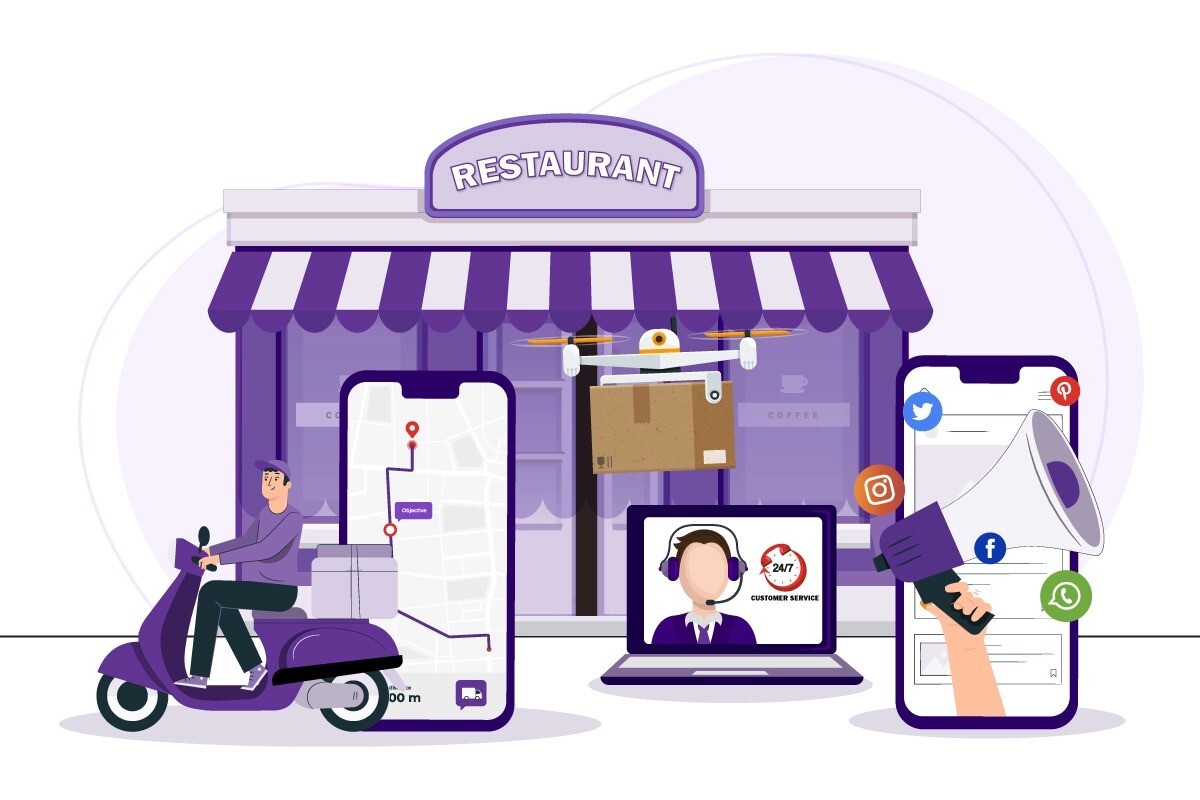How to Stay Competitive in the Restaurant Industry in 2023
There are over a million restaurants in the US.
Every single one was adversely affected by the COVID-19 pandemic. The ones that miraculously stayed in business suffered through reduced operating capacity, lower demand, and temporary closings due to social distancing measures and other restrictions.
Now, with the advent of the Great Resignation, the war in Ukraine, and the current economic recession, restaurants are struggling with staffing, margins on ingredients, and more. It’s a tough time to be a restaurant owner. That’s why it’s more important than ever before to stay on top of sales, expenses, and staff. Restaurateurs need to use every tool at their disposal to keep things from slipping through.
Common Reports to be Aware in Your Restaurant Business
The numbers don’t lie. It’s critical to stay on top of reports and even restaurant competitors’ benchmarks so you can be sure you’re gaining the most value possible out of your staff, your ingredients, and your restaurant as a whole.
Sales
To keep things running smoothly, it’s critical to maintain sales reports with sales numbers by day, week, month, and year. This gives you critical information as to which seasons and times are busier than others and which menu items sell more than others, allowing your head chef to order the precise quantities of food they’ll need to meet demand. Over time, your data will tell you the adjustments you need to make and your profit margins will improve.
Expenses
Expense reports are detailed records of the money spent on various expenses including food & beverage costs, labor costs, and overhead costs like rent, heat, electricity, and even HR software and Applicant Tracking Systems. This documentation is incredibly useful for budgeting and cost management – allowing management to switch suppliers or trim down on usage of a particularly expensive item.
Staff
Staff reports summarize the performance and activities of employees, including info such as shifts worked, customers served, sales totals, and any incidents that occurred during their shifts. Management relies on these reports to evaluate the performance of individual staff members, identify inefficiencies, and make decisions about scheduling, training, promotions, and hiring for the restaurant.
Restaurant Metrics To Watch In 2023
The majority of these restaurant metrics are quantitative. If you can find a way to put a number to these various factors, it will be significantly easier to identify weak areas and trends over time.
Keeping a close eye on these metrics and making smart, swift adjustments will be the key to your restaurant’s success in this year and beyond.
Photo by Louis Hansel
Operational Restaurant Metrics
Any measurements used to track the efficiency of a restaurant’s operations falls into the bucket of operational metrics. While there may be some overlap with the other categories, these metrics are key for identifying areas of improvement and optimizing accordingly. Whether you run a coffee shop or a high-end steakhouse, operational metrics are largely the same across the food service world.
Some examples:
- Food waste
- Table turnover – How often tables are filled with new customers.
- Employee productivity – The number of customers served, the number of tables turned, or the amount of sales generated during a shift.
- Inventory turnover – The rate at which a restaurant uses and replenishes its inventory of food and supplies.
- Food and labor costs
Customer Metrics
These are the numbers that directly relate to the customer experience. You have less direct control over these – but with smart adjustments in the front and back of the house, you can improve these metrics and make all your customers happier.
Some examples:
- Repeat customers – The percentage of customers who return to the restaurant multiple times.
- Customer satisfaction – How satisfied customers are with their overall experience at the restaurant. It can be measured through surveys, feedback forms, or online reviews.
- Average check size
- Net Promoter Score (NPS) – This metric measures customer loyalty and willingness to recommend the restaurant to others. It’s calculated by asking customers to rate their likelihood of recommending the restaurant on a scale from 0 to 10.
Performance Restaurant Metrics
These are the big picture data points that gauge a restaurant’s overall success. Performance metrics will look similar for a lot of industries and will feature numbers such as sales, revenue, gross profit, operating profit, ROI, but there are a few special metrics for restaurants.
Some examples:
- Occupancy rate – The percentage of seats that are filled during a given period of time.
- Food and labor costs as a percentage of sales
- Cost of goods sold (COGS) – The cost of the ingredients used to prepare the food, it’s usually expressed as a percentage of sales.
The Takeaway: Pay Attention to the Numbers
With a disciplined, well-trained eye, any restaurateur will be able to use these key metrics to identify areas in which improvements can be made. The numbers tell the story; they’ll let you know exactly what you need to do. It’s on you, however, to act on the numbers for the betterment of your restaurant.
Related Articles:
 Taking Your Business Online In 2022 With Blink
Taking Your Business Online In 2022 With Blink
 Restaurant Design Ideas: 8 Things to Consider Before Picking a Formal or Casual Restaurant
Restaurant Design Ideas: 8 Things to Consider Before Picking a Formal or Casual Restaurant
 Owner.com Reviews How To Take Back Control Of Your Restaurant’s Digital Presence
Owner.com Reviews How To Take Back Control Of Your Restaurant’s Digital Presence
 Promoting Your Business Offline: Strategies for Effective Local Marketing
Promoting Your Business Offline: Strategies for Effective Local Marketing
 5 Ways to Keep Your MSP Running Smoothly and Efficiently
5 Ways to Keep Your MSP Running Smoothly and Efficiently





